By Mary Glaves, Alaska Chapter of Backcountry Hunters & Anglers
When you spend enough seasons on the Tongass, you start to see the patterns change.
Snow that used to stick until March now turns to rain by mid-winter. Salmon runs come early... or late. The deer push higher one year, then vanish from familiar valleys the next.
For those of us who hunt, fish, and forage across the islands and inlets of Southeast Alaska, these shifts aren’t abstract data points. They’re the stories we bring home in our packs, and they shape how we think about the forest that sustains us.
This fall, the U.S. Forest Service released its Tongass National Forest Assessment, the first big step toward rewriting the Tongass Land and Resource Management Plan. This is the rulebook that guides how this 16.7-million-acre forest will be managed for the next generation.

A Chance to Set the Record Straight
The Tongass is one of the last places in North America where you can walk from tidewater to alpine without hitting a fence line. It’s a public-lands stronghold for Sitka black-tailed deer, salmon, brown bear, mountain goats, grouse, and more.
That’s why this assessment matters. It sets the stage for how hunting, fishing, habitat, and public access are treated when the new forest plan takes shape.

The Forest Service says the revision process will “incorporate robust engagement and best available scientific information” and reflect parts of Executive Order 14153, “Unleashing Alaska’s Extraordinary Resource Potential.”
At BHA, we think that’s a good thing. Caveat: “extraordinary resource potential” includes what’s truly extraordinary about this place: clean water, healthy fish and wildlife, and our freedom to experience them through fair-chase hunting, wild harvest, and backcountry adventure.
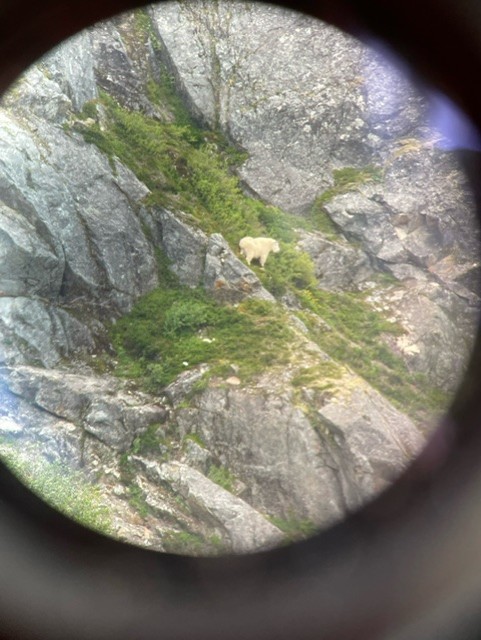

Outdoor Use and Enjoyment: A Living Economy
The Assessment makes one thing clear: the Tongass is changing, not just ecologically but economically.
Timber production has dropped dramatically. Meanwhile, outdoor recreation—hunting, fishing, foraging, and guiding has become one of the region’s most consistent and growing economic engines.
The report calls “outdoor use and enjoyment” a core social condition, right alongside timber, mining, and subsistence. That’s a big deal. It’s official recognition that public-lands access and wild recreation aren’t fringe activities. These activities are part of how Southeast Alaska feeds families and sustains local livelihoods.
BHA supports management that puts wild-use values on equal footing with extraction. We support efforts that: Maintain access routes such as boat launches, cabins, floatplane sites, and trails that connect us to the backcountry. We want to keep the hunting and fishing experience wild, not industrialized or overcrowded. Who loves seeing a lot of people while hunting? We love the public land access, and respect each other out there, but we’d like to make sure everyone also has a good experience. BHA supports the investment in infrastructure that serves public use, not just private profit.
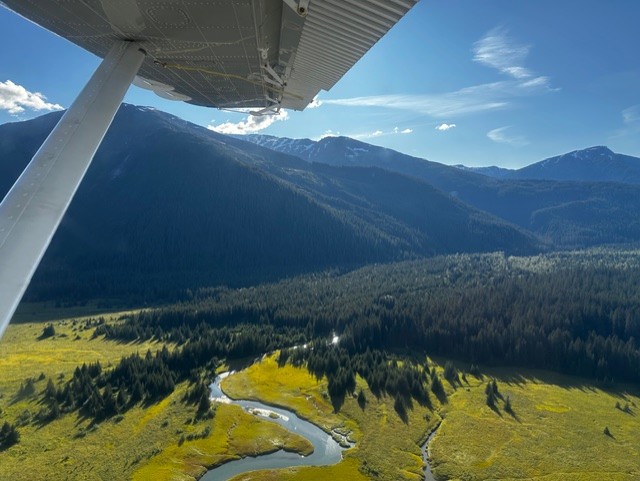
When the Forest Service says it wants to hear from the public, this is where our voice matters most. Access, habitat, and fair chase are economic drivers, as well as cultural values.
Changing Environments: Planning for What’s Coming
The Tongass Assessment devotes an entire chapter to “Drivers, Stressors, and Climate Change.”
That’s bureaucratic language for what we see every fall from muskeg or the skiff: varying wildlife behavioral patterns, unpredictable weather, changing forage and fish runs.

The report doesn’t shy away from this reality. It notes that wildlife habitat, watersheds, and recreation infrastructure must adapt to new conditions.
That’s exactly the kind of forward-looking thinking we need. BHA supports a forest plan that: Uses best available science to monitor habitat and fish populations, while integrating cultural knowledge and supporting tribal consultation. The Tongass Forest Plan should plan for resiliency of wildlife corridors, connected watersheds, and intact old-growth that can weather environmental change.
We can’t manage the Tongass as if it were frozen in time. Our goal is to ensure it remains alive and accessible, so we can adapt more effectively while maintaining the outdoor opportunities we value.
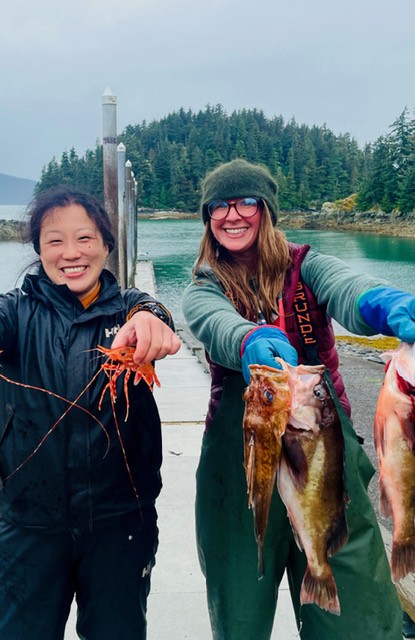
Habitat and Access Go Hand in Hand
If you’ve hunted the Tongass long enough, you know that true access doesn’t come from a road—it comes from healthy habitat and open public land.
The forest’s network of old logging roads, many carved decades ago, still lingers across the landscape. Some have become overgrown trails that quietly guide hunters and foragers into the backcountry. Others, left to wash out or erode, now cut into salmon streams and fragment critical habitat.
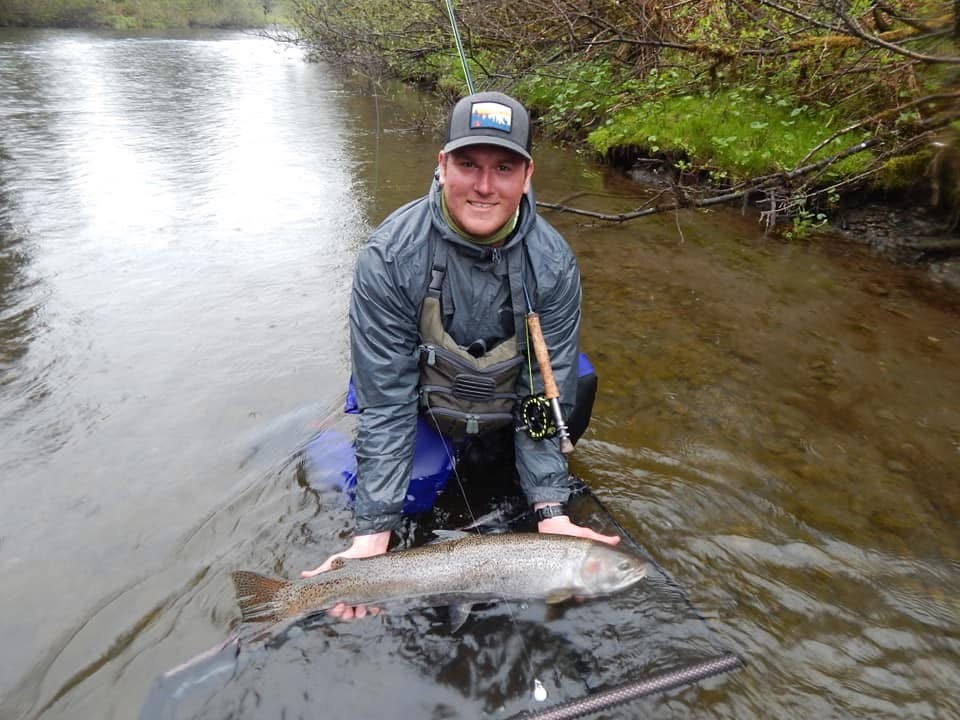
The Tongass Assessment calls for a hard look at this legacy infrastructure: what to restore, what to let heal, and what to retire for good.
BHA would like to see habitat and quiet recreation prioritized, allowing natural corridors be the backbone of access. Retiring and restoring degraded roads that harm fish and wildlife or block natural movement should be a priority in the new plan. As well as, investing in low-impact access where appropriate, like footpaths, trailheads, boat launches, and backcountry cabins that keep the Tongass open to all, without sacrificing what makes it wild.
Access isn’t just about getting in—it’s about what remains once we’ve left.
The best kind of access is the kind that lets the forest stay whole, and keeps the hunt wild.
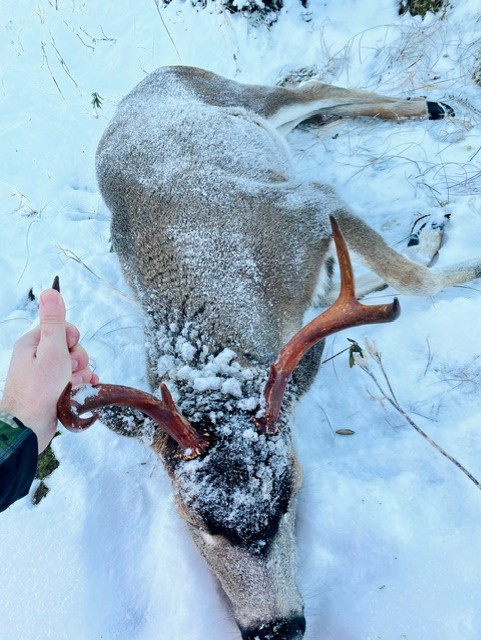
Balance and Opportunity
The Tongass has always been a balancing act between timber and salmon, jobs and wilderness, local needs and national priorities. The new forest plan should balance those values. And, it can. Public use, conservation, and sustainable economies overlap.
The Forest Service has pledged to keep this process open, transparent, and science-driven. They’ve also committed to ongoing feedback and public comment. That’s our invitation to stay engaged—not just during comment periods, but throughout the whole revision process.
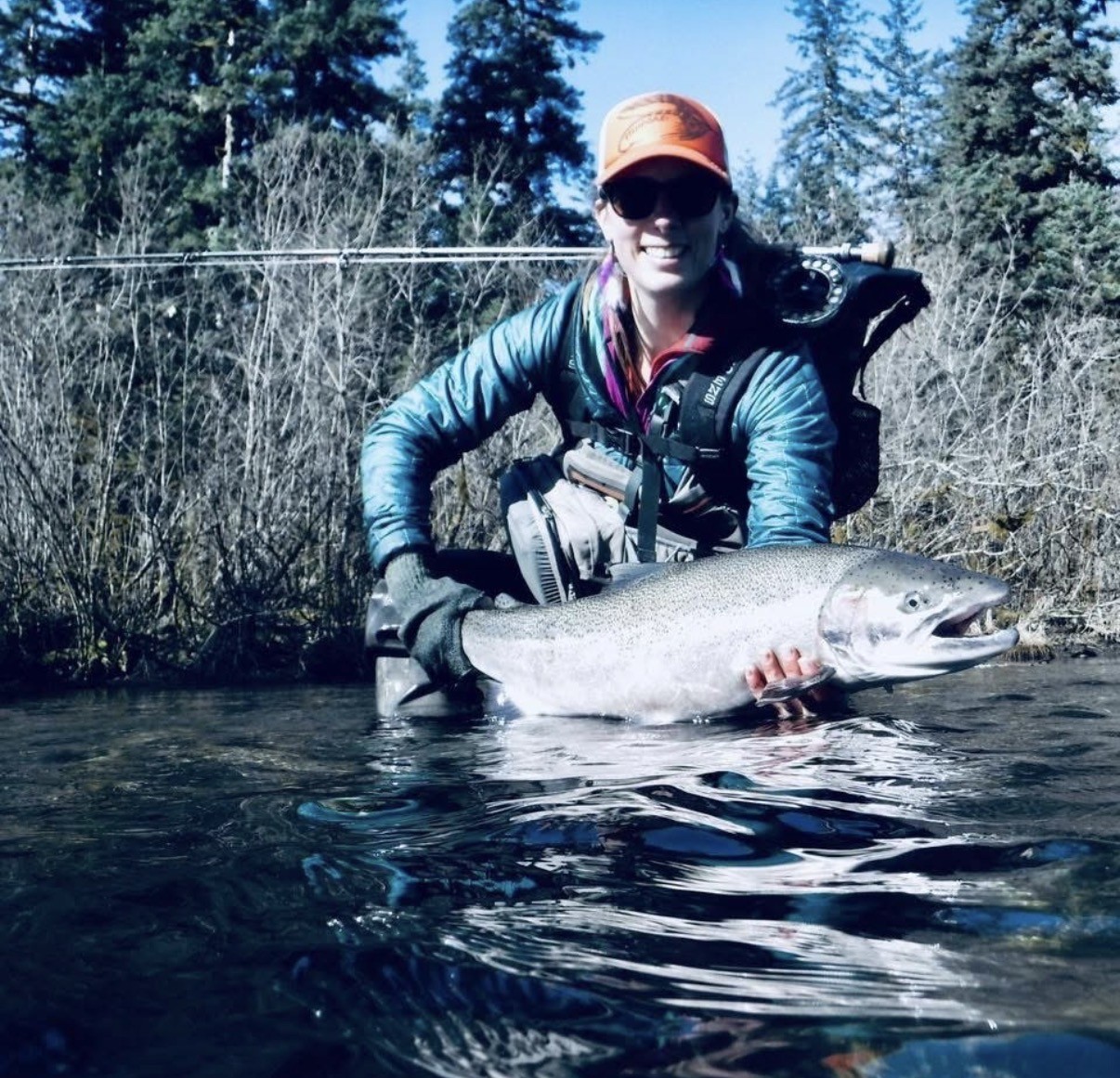
Where We Go from Here
Here’s what you can do right now:
- Read the Tongass Assessment.
- Share your story. If you’ve hunted, fished, or foraged the Tongass, your experience matters. The Forest Service needs to hear what this place means to real Alaskans.
- Stay tuned. The “Need for Change” document will come early in 2026. That’s when specific management priorities are up for public comment—and we’ll need your voice.

Keeping It Wild
At the end of the day, the Tongass isn’t just a forest plan on paper. It’s 16 million acres of mountains, muskegs, and tidal rivers that define who we are as Alaskans.
This new assessment gives us the tools to shape its future.
If we speak up, we can make sure the revised plan reflects what truly makes the Tongass extraordinary: Its wild game, its clean water, its public access, and the people who still know how to live off the land.
Let’s keep it that way.
Let’s keep it wild.
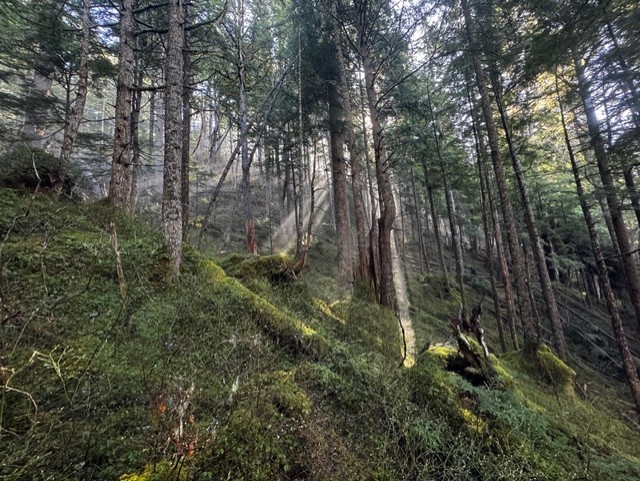
52